Content for TS 29.513 Word version: 18.6.0
4 Reference architecture p. 13
The policy framework functionality in 5G is comprised of the functions of the Policy Control Function (PCF), the policy and charging enforcement functionality supported by the SMF and UPF, the access and mobility policy enforcement functionality supported by the AMF, the Network Data Analytics Function (NWDAF), the Network Exposure Function (NEF), the Charging Function (CHF), the Unified Data Repository (UDR), the Time Sensitive Communication and Time Synchronization Function (TSCTSF), the Application Function (AF) and the 5G Direct Discovery Name Management Function (5G DDNMF).
The policy framework functionality for multicast-broadcast services in 5G is comprised of the functions of the Policy Control Function (PCF), the Multicast/Broadcast Service Function (MBSF), the Multicast-Broadcast Session Management Function (MB-SMF), the Network Exposure Function (NEF), the Unified Data Repository (UDR) and the Application Function (AF).
For the roaming scenario, the Security Edge Protection Proxy (SEPP) is deployed between the V-PCF and H-PCF. TS 23.503 specifies the 5G policy framework stage 2 functionality.
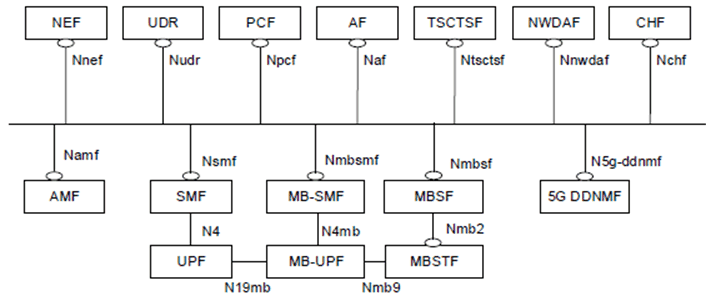
Figure 4.1-1a: Overall non-roaming 5G Policy framework architecture (service based representation)
(⇒ copy of original 3GPP image)
(⇒ copy of original 3GPP image)
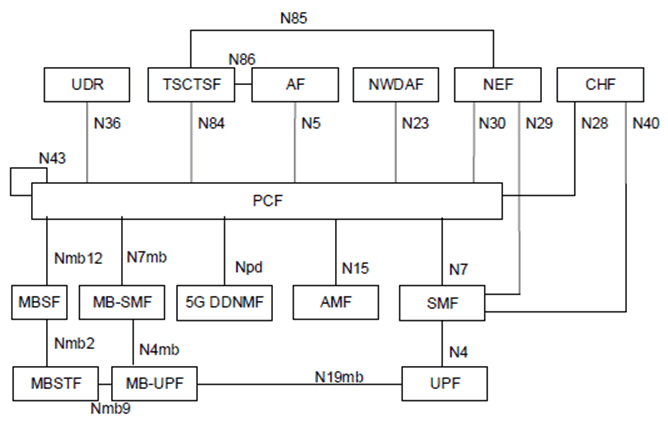
Figure 4.1-1b: Overall non-roaming 5G Policy framework architecture (reference point representation)
(⇒ copy of original 3GPP image)
(⇒ copy of original 3GPP image)
The AF trusted by the operator interacts with the PCF via the N5 reference point. In the case of an untrusted AF, the AF interacts with the PCF via the NEF. The NEF interacts with the PCF via the N30 reference point in the same way that the AF interacts with the PCF via the N5 reference point.
The Nchf service for online and offline charging consumed by the SMF is defined in TS 32.240.
The Nchf service for Spending Limit Control consumed by the PCF is defined in TS 29.594.
The PCF providing session management policy control for a UE (i.e. PCF for the PDU Session) and the PCF providing non-session management policy control for that UE (i.e. PCF for the UE) may be different PCF instances and the communication between the PCF for the UE and the PCF for the PDU Session is performed over the N43 reference point.
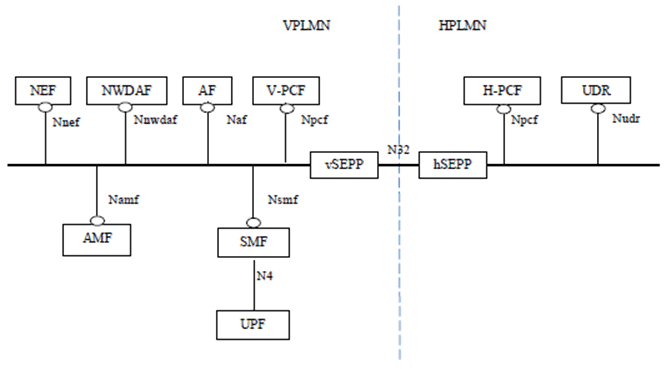
Figure 4.1-2a: Overall roaming policy framework architecture - LBO (service based representation)
(⇒ copy of original 3GPP image)
(⇒ copy of original 3GPP image)
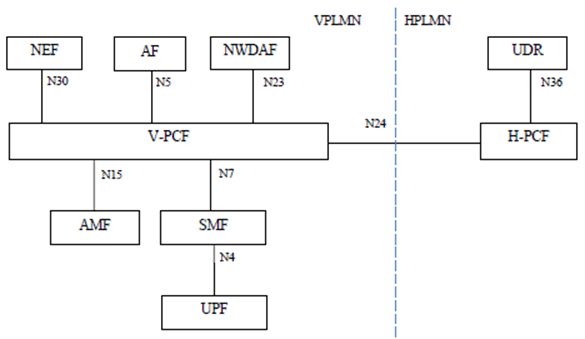
Figure 4.1-2b: Overall roaming policy framework architecture - LBO (reference point representation)
(⇒ copy of original 3GPP image)
(⇒ copy of original 3GPP image)
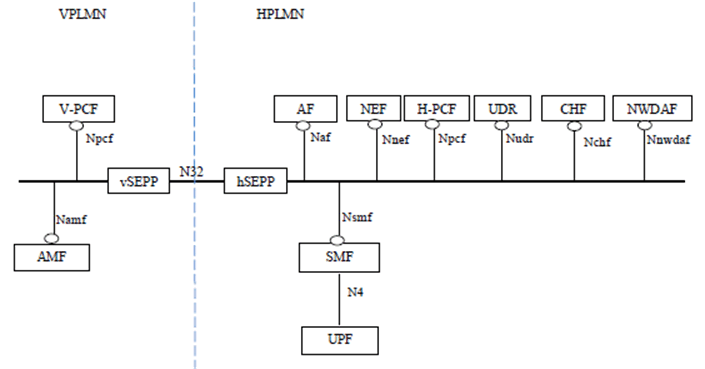
Figure 4.1-3a: Overall roaming policy framework architecture - home routed scenario (service based representation)
(⇒ copy of original 3GPP image)
(⇒ copy of original 3GPP image)
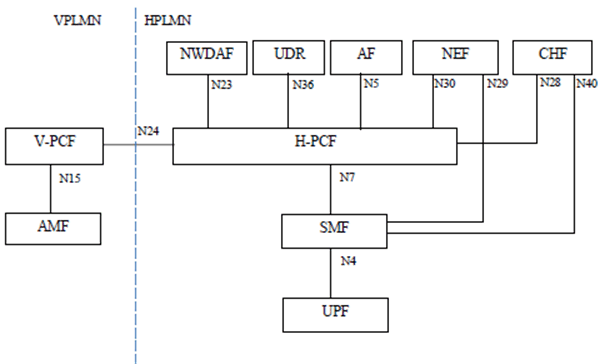
Figure 4.1-3b: Overall roaming policy framework architecture - home routed scenario (reference point representation)
(⇒ copy of original 3GPP image)
(⇒ copy of original 3GPP image)
To allow the 5G system to interwork with AFs related to existing services, e.g. IMS based services, Mission Critical Push To Talk services, the PCF shall support the corresponding Rx procedures and requirements defined in TS 29.214. This facilitates the migration from EPC to 5GC without requiring these AFs to upgrade to support the N5 interface.

Figure 4.1-4: Interworking between 5G Policy framework and AFs supporting Rx interface
(⇒ copy of original 3GPP image)
(⇒ copy of original 3GPP image)
To support Deterministic Networking, the TSCTSF offers RESTCONF (RFC 8040) and/or NETCONF (RFC 6241) interfaces to access to the schema defined by the 3GPP Extended Deterministic Networking (DetNet) YANG Model specified in TS 29.565 (extension of IETF draft-ietf-detnet-yang [64]), to enable the provisioning of configuration and operation data for DetNet flows. The 5G System is integrated with the Deterministic Network as defined in RFC 8655 as a logical DetNet transit router (see clause 4.4.8.4 of TS 23.501). The TSCTSF performs mapping in the control plane between the 5GS internal functions and the DetNet controller.

Figure 4.1-5: Interworking between TSCTSF and DetNet controller to support Deterministic Networking
(⇒ copy of original 3GPP image)
(⇒ copy of original 3GPP image)